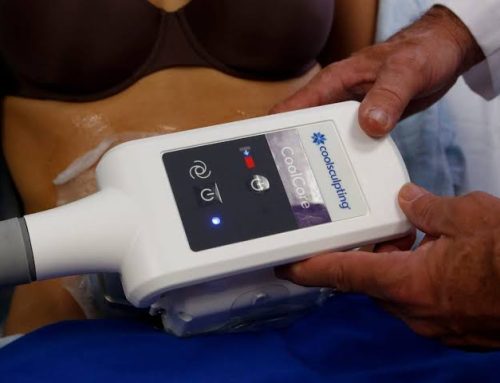Introduction
Facelift surgery is a popular cosmetic procedure that can turn back the hands of time, giving individuals a more youthful appearance. However, one common concern among potential facelift candidates is the scarring left behind by the procedure. Understanding what facelift scars look like and how to manage them is crucial for anyone considering this surgery. In this article, we will explore the different aspects of facelift scars and provide insights into their appearance, healing process, and how to minimize their visibility.
Can you see Facelift scars?
Facelift scarring is a highly individualized experience. The appearance of scars can vary from person to person due to several factors:
1. Type of Facelift: The specific facelift procedure performed plays a significant role in the type of scarring you can expect. Different techniques result in distinct scar patterns.
2. Skin Type: Your skin’s natural healing process influences the visibility of scars. Some patients may heal with barely noticeable scars, while others might have more visible scarring.
3. Skill of Your Surgeon: The expertise and skill of your surgeon can make a substantial difference in how well scars are concealed and minimized.
Additionally, the way scars age should be considered. Initially, scars may appear pink or red, but they should gradually fade to a white or flesh-toned color. For many patients, scars become less visible as they continue to heal.
What to expect directly after Facelift?
After a facelift procedure, most patients will experience bruising and swelling, which is a normal part of the post-operative process. Over the course of a few weeks, these effects typically subside.
As the swelling and bruising diminish, the scars will become more noticeable. Initially, they may be pink or red, but with time, they should fade to match your natural skin tone.
Skilled surgeons often place incisions within the skin’s natural creases, making them less conspicuous. However, there may still be scars behind the ears or along the hairline, which should also become less visible with time.

What do scars look like after Facelift?
There are two primary types of scars following facelift surgery:
1. Incisional Scars: These are the most common scars resulting from surgical incisions. They typically heal within a few weeks and are strategically placed in natural creases or hidden areas.
In a traditional facelift, incisions start in front of the ear, extend around the earlobe, and end behind the ear along the hairline. These incisions are usually concealed by the hair.
Mini facelifts involve shorter incisions in front of and behind the ear, with some patients having scars under the chin depending on the procedure and neck lift.
2. Bruises: While not permanent scars, bruises are common immediately after surgery and gradually fade away during the healing process.
What is the best aftercare for a Facelift?
Proper scar care is essential for minimizing their appearance. After your surgical wounds have healed, you can use scar treatments to reduce their visibility. Options include:
Silicone Gel Sheeting: Available over the counter, this can help minimize scar appearance.
Over-the-Counter Topical Steroid Cream: Reduces inflammation and promotes scar healing.
Following your surgeon’s instructions for scar care is crucial to ensure proper healing and minimize the risk of infection. Clinics are dedicated to helping patients heal and ensuring that scars are as discreet as possible, working with each patient to achieve satisfactory results.

How to minimize the appearance of scars after Facelift?
While complete avoidance of scarring is not possible after facelift surgery, there are measures you can take to minimize their appearance:
1. Follow Surgeon’s Instructions: Adhering to your surgeon’s post-surgery care instructions is crucial for proper healing and infection prevention.
2. Use Scar Treatments: Employ silicone gel sheeting or over-the-counter topical steroid cream to reduce inflammation and promote scar healing.
3. Allow Time for Healing: Avoid strenuous activities that could stress healing incisions and be patient as scars gradually fade over several months.
4. Avoid Sun Exposure: Sunlight can cause scars to darken and become more visible, so protect them from the sun.
5. Don’t Smoke: Smoking can delay healing and worsen scar visibility.

Conclusion
Facelift surgery can provide remarkable rejuvenation, but it’s essential to understand what to expect in terms of scarring. While facelift scars are an inevitable part of the process, their visibility can be minimized through proper care and the expertise of your surgeon. By following post-surgery care instructions and utilizing scar treatments, you can ensure a smoother and less conspicuous healing journey, ultimately leading to a more youthful and refreshed appearance. Remember, patience is key, as scars will naturally fade over time. If you have any questions about facelift scarring, don’t hesitate to consult with your healthcare provider.
Disclaimer: The content on this blog is intended for general informational purposes only. It is not a substitute for professional medical advice, diagnosis, or treatment. Always consult qualified healthcare providers for personalized advice. Information regarding plastic surgery, dental treatment, hair transplant, and other medical procedures is educational and not a guarantee of results. We do not assume liability for actions taken based on blog content. Medical knowledge evolves; verify information and consult professionals. External links do not imply endorsement. By using this blog, you agree to these terms.










